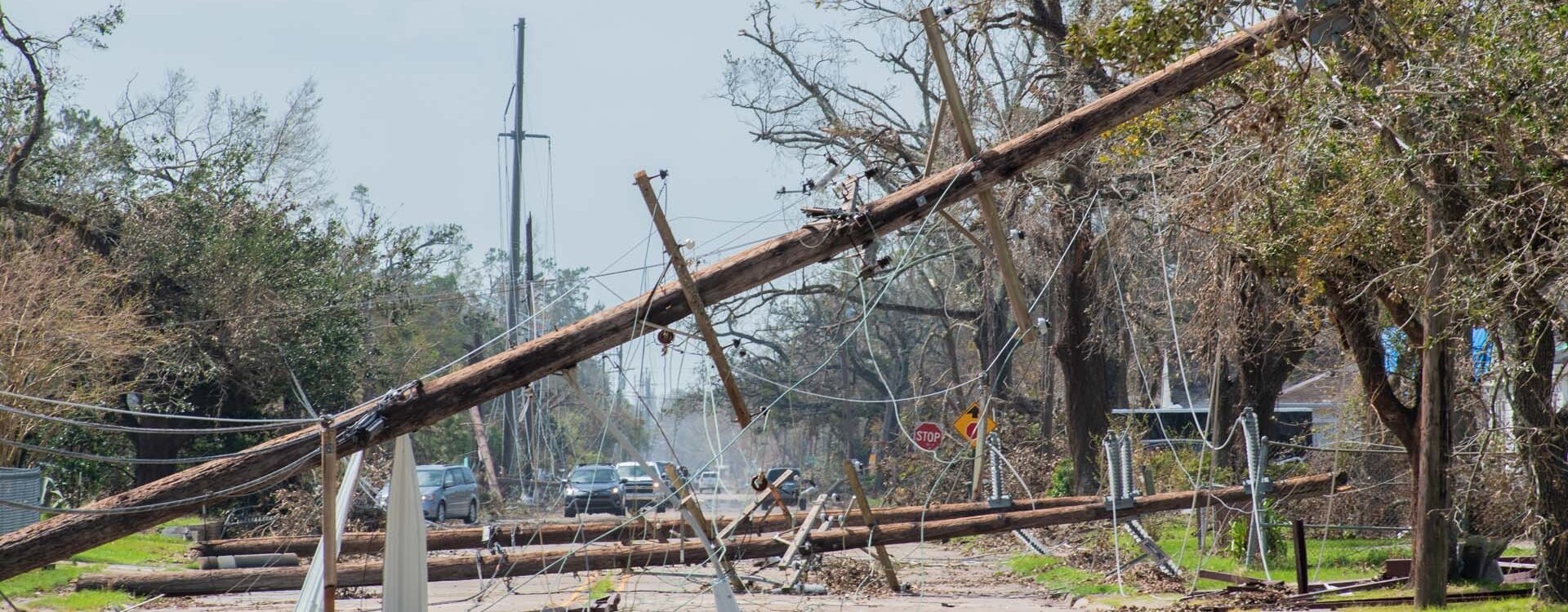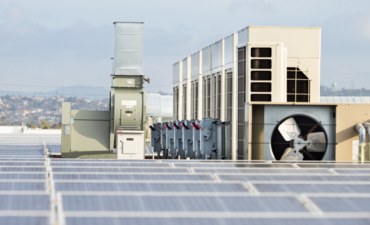
As companies adapt to climate change, every business has one thing in common: they all need reliable energy and greener, more sustainable power.
Extreme rain, wildfires, and stronger storms aren't the only effects from climate change. Climate change can also cause huge disruptions to markets, businesses, industries, and operations. As many companies begin to address and plan for the effects from climate change, the middle market segment is accounting for their unique needs and preparing to effectively navigate climate change.
Viewing Climate Change
From loss of life, physical damage, the increasing frequency of disasters leading to lack of adequate recovery time, and higher carbon dioxide emissions distributed into the air, the suffering from extreme weather is evident. As companies adapt to climate change, every business has one thing in common: they all need reliable energy and greener, more sustainable power.
With climate change upon us, we are seeing companies build their approach to a greener future. Specifically, each approach is dependent on a company's particular business and congruency with its overall strategy. However, for every enterprise, the approach includes initiatives to mitigate climate-related costs and risks in its value chain. Business leaders are starting to treat carbon emissions as a significant cost — because they are. Soon, business leaders will need to assess and reduce their vulnerability to climate-related environmental and economic shocks. As these basics are key components of operational effectiveness, every firms needs to get them right.
Achieving greener operations isn't a one-stop-shop, such as purchasing a generator or connecting to a microgrid — it's multifaceted. With operational effectiveness as a basis, companies need to assess and reduce their climate issues by identifying risks, reducing energy bandwidth, striving for resiliency within the supply chain, and committing to efficiency and renewables.
It's imperative to remember that the cleanest kilowatt hour is the one that's never used, and that energy efficiency and renewable energy are the twin pillars for a sustainable energy solution.
Both strategies must be developed concurrently in order to stabilize and reduce CO2 emissions. Efficient energy use is essential to slowing the energy demand growth so that rising clean energy supplies can make profound reductions in fossil fuel use.
Strategies to Reduce Energy Demand
Strategies to reduce energy demand will vary by company and sector. For example, in transportation, companies can focus on integrating electric vehicles into their operations. Additionally, AEC firms can focus on the design of new buildings and retrofits with energy efficiency at the heart of design.
Although climate change has created a lot of new business risks, it has also created a lot of opportunities. There are many innovative solutions for addressing climate change, but building a master energy plan is the first step in creating a strategy to reduce energy demand.
Carbon Accounting and Compliance
As consumers increasingly demand more transparency regarding data and metrics about carbon footprints, green operations, and compliance with climate change policies, the next step in creating greener companies is already here. This transparency and consumer access to the information and data will have a ripple effect within the market regarding procurement policies, partnerships, company policies, and business culture.
Roadmaps for the Future
So, what can middle market companies do to accomplish their climate change goals? The energy roadmap starts at the energy master plan (EMP), which provides a holistic methodology for current and future energy needs. By identifying and evaluating current consumption and actual needs and looking at facilities at a whole, companies can look beyond their own establishment to generate realistic ROI for energy efficiency.
Although there will be many challenges in battling climate change, we are all one extensive ecosystem and must work together to make it greener, more sustainable, and safer for everyone.
This content originally appeared as part of the Preparing Middle Market Businesses for Climate Change webinar. Hosted by the Association for Corporate Growth, San Francisco Chapter, this webinar included Roxanne Fong, Director of Utility Programs at Southland Energy, and Mike Wallace, SVP of Strategic Market Engagement at Persefoni, as guest speakers. The webinar was moderated by Eric Steinhofer, Client Development Manager at Schneider Electric Energy and Sustainability Services.
Business Development Manager
As Business Development Manager, Roxanne Fong leads our growth strategy for the utilities sector by developing partnerships to deliver energy and infrastructure solutions and services. Her previous experience leading the new revenue development business development team for Pacific Gas & Electric (PG&E) led to the implementation of over $300 million in design-build energy projects.



